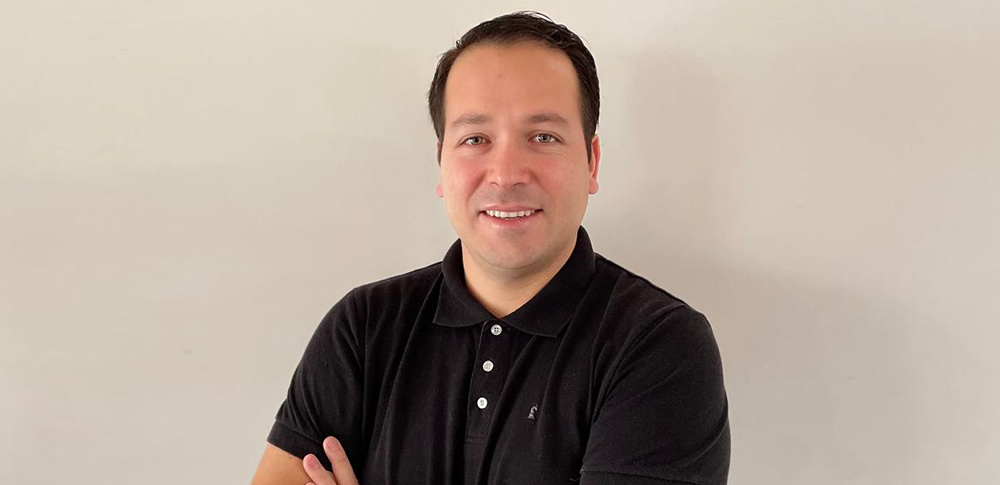“Tripanko’s role is fundamental because, until this point, we have not had a centralized system that consolidates Supply Chain operations between the countries in the network.”
Fabrizio is responsible for leading Supply Chain processes, focusing on warehouse configuration and cargo inventories in the system. He also supports network operations in his planning, supply and logistics roles. Emphasis is on three areas: Maintenance Program, Major Maintenance and Operating Contingencies. Additionally, he is part of the Spend Control Tower, which audits purchase orders in each country to ensure efficient supply practices.
What role does Tripanko play in logistics and Supply Chain processes at SAAM Towage?
Tripanko’s role is fundamental because, until this point, we have not had a centralized system that consolidates Supply Chain operations between the countries in the network. With its implementation, we will have that system. We will be able to gather historical data to be used in analysis for decision-making based on data, not just experience. Finally, Tripanko enables better forecasting of the supplies the three work areas need.
What impact does Tripanko have on Supply Chain objectives?
Tripanko’s impact is momentous. Supply Chain is responsible for ensuring continuity of operations, which requires high-performance service levels in house. Ensuring that our processes are sustainable over time requires technological and management tools that rise to the challenge.
How are Supply Chain structure and processes going to improve?
They will improve because processes will be performed in the system, providing unprecedented visibility of the group’s operations for the different end-to-end process activities. We will be able to understand transaction volumes better and identify potential opportunities for automation.
To date, how has Tripanko impacted the supply chain?
At this point, we are in the initial roll-out stage of the project. Panama is the only country where it is currently operational. The impact has been positive. Using the system encourages better supply forecasting and effectively combats informality in requisition management. Finally, we have a process for auditing performance indicators and process adherence.
What do you think are the biggest challenges that a project like Tripanko could face in 2021?
Fulfilling the commitment to implement the system on the network as planned, working as a team to efficiently resolve problems and unforeseen issues, preventing or mitigating potential operational interruptions as much as possible.
What will implementing Tripanko mean for our employees’ supply-chain-related, day-to-day activities?
Employees will be able to operate with the support of a robust, world-class system that optimizes team performance. They can use it to create a historical record that enables them to better plan for the future. They can also conduct inventory management tasks, which are fundamental for operations with warehouses. Last but not least, they will be able to segregate duties efficiently in terms of the roles and responsibilities of the different parties in the end-to-end supply chain.
Which Supply Chain areas will the project impact in the short, medium and long term?
In the short term, the focus will be on all the pre-work and then the hyper-care step after going live in each country. In the medium term, the focus will be on auditing consistencies in the data, process adherence and operational performance. In the long term, we will identify synergies among operations in the different countries as we understand each operational profile from a supply and logistics perspective.


